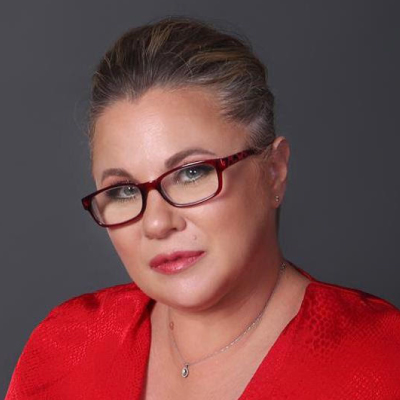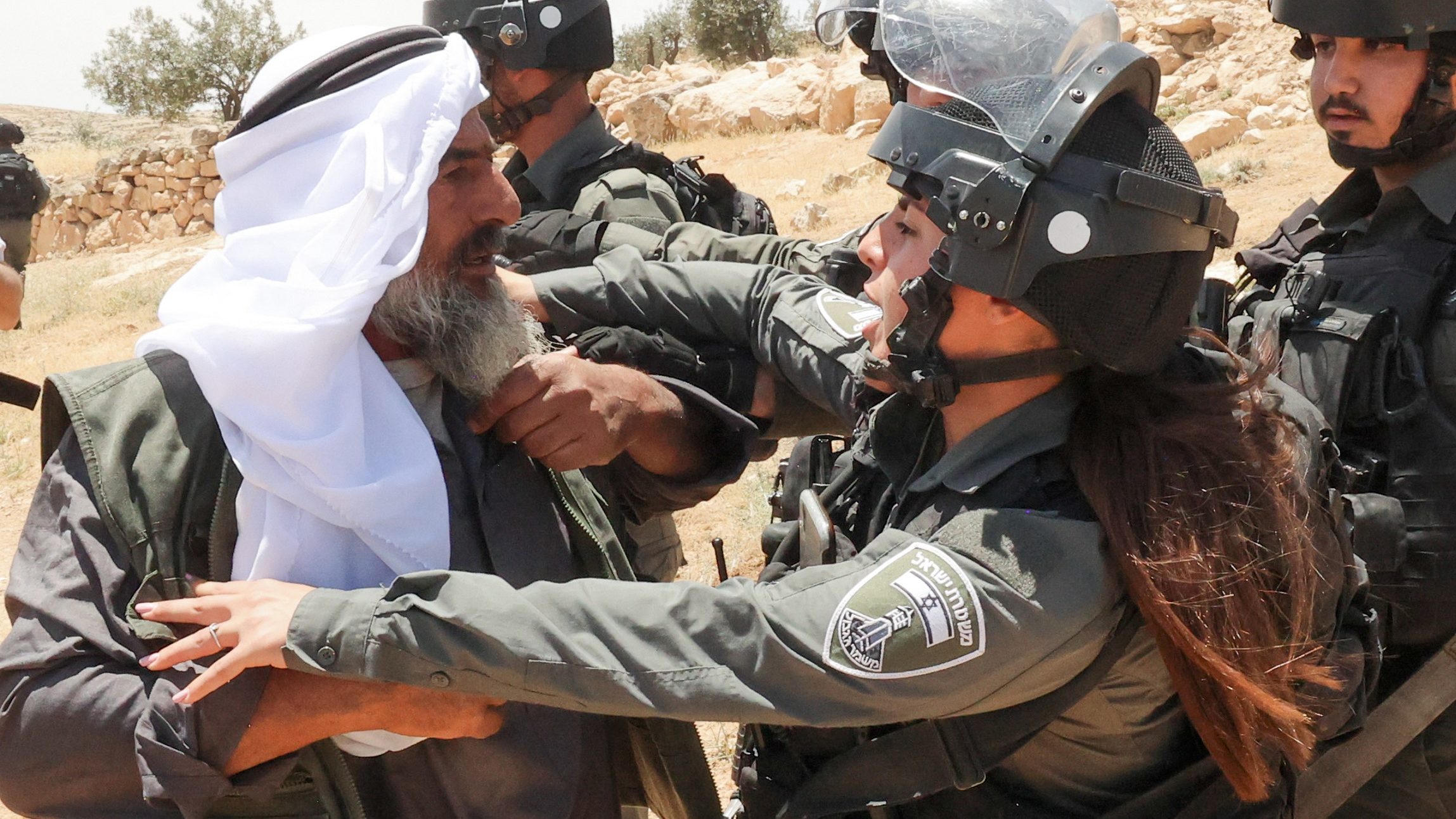Between Masafer Yatta and Firing Zone 918
A few days ago, the bulldozers came to the villages of Khirbet al Majaz and Khirbet al Fakheit. Israeli soldiers and police secured the perimeter and the people in heavy machines did their work: They destroyed nine houses in Khirbet al Majaz and another 11 in Khirbet al Fakheit. Israel calls the Masafer Yatta cluster of Palestinian villages in the South Hebron Hills, situated in Area C of the West Bank, “Firing Zone 918.” After a prolonged legal battle between the state and the villagers, on May 4, 2022, the Israeli Supreme Court, sitting as the High Court of Justice, issued its final verdict, which enables the state to destroy eight villages in Masafer Yatta and expel their inhabitants – for the sake of the Israel Defense Forces’ Firing Zone 918.
Eighteen years ago, in February 2004, I was following the activists of Taayush, a Jewish-Arab organization that struggles for coexistence between the two peoples and protests the occupation, on our way to Jinba, one of Masafer Yatta’s 19 villages. We left our cars behind and were climbing on the hills, struggling to make our way through thorny bushes and weeds. There were no paved roads or signs here. One had to know exactly where they were heading.
Half an hour later, we arrived. It was midday so only some women, old men, and small children were there to welcome us into their homes – ancient caves that were already threatened by demolition. The caves had some basic furniture in them, a few carpets, and photos of relatives on the walls. Electricity was provided by a generator; water came from the nearby well, cisterns that collected rainwater, or tankers. The closest school was a few kilometers away.
Some residents of Jinba were born in these caves; others lived in stone houses, which the IDF later demolished. They weren’t Bedouin – not by their origins, nor by their lifestyle or dialect. Since 1999, they were involved in a truly Kafkaesque legal battle trying to prove that they and their relatives lived in this area prior to the 1967 Six-Day War.
In the summer of 2004, my story about Jinba won a prize at the Moscow Teleforum Festival. I was happy that the story was widely published and hoped it would somehow shed some light on the harsh reality of people who had so little and physically had no other place to go to. The army wanted the people of Jinba and other Masafer Yatta villages to relocate to Yatta so that they could use this territory as a firing zone – an area where the military carries out training exercises, often with live ammunition. Since when is a firing zone more important than real human beings and their poor dwellings – be it houses or caves?
In January 2015, I came back to Masafer Yatta with the same Taayush activists as in 2004. Now some solar panels, provided by Israeli and international peace organizations, were there. Tankers and cisterns still provided water for the area. The civil administration had a practice of destroying the cisterns, claiming they were built without permits (although many of them date back to the British Mandate). Some of the girls I met the last time were now married and had children of their own. There was still no school in the village. The poverty was still unbelievable and the fear of expulsion was palpable.
That year, the Palestinian village of Susya, located just north of the Jewish settlement with the same name, was a candidate for demolition. After a prolonged legal struggle, demonstrations, and international pressure, the demolition plan was postponed, but Susya, as well as other Palestinian villages in the South Hebron Hills, were never left alone. Since 1967, the state has carried out a few waves of demolitions in these areas, solar panels were confiscated, pipelines were cut, and life was and still is constantly disrupted. Even villages that had all the paperwork and proof of their existence lost their land for the sake of “archaeological parks” or nearby settlements, such as Susya and the unauthorized Mitzpe Yair outpost. Others, like Jinba, that are mentioned in books, diaries, and research papers as early as the 1930s, do not stand a chance.
In 1993, the Oslo Accords enabled Israel to exercise military and civil rule in Area C, which comprises 60% of the West Bank and is the only space left for Palestinian building and development. The accords were meant to last five years – an interim period until a final-status agreement is signed. No one believed then that 29 years later, Oslo would be de facto dead, with the exception of the articles that allow Israel to promote its goals in Area C.
Seven years after my last visit to Jinba, the Supreme Court had made up its mind and the IDF got the green light to go on with the demolitions and expulsions. Should all Masafer Yatta residents be removed, this expulsion would become the largest since 1948. It would cause a wave of protests in both the Palestinian Authority and some Arab states. The implications for Israel would be harsh, as already today the EU, UN, and the US express their concern regarding Israeli actions vis-à-vis the Masafer Yatta villagers.
The IDF hasn’t revealed its exact plans regarding this area; it is not known when or how quickly the demolitions and expulsions will take place. They might bring Israel one step closer to the abyss of another violent outbreak in the West Bank. Nevertheless, the possibility of Masafer Yatta’s demolition is very real these days. When nothing happens diplomatically and there is no political solution in sight, there is also no viable status quo. Things that happen today in Area C are significant for the future of the two-state solution. Masafer Yatta is significant – in both the humanitarian and political sense. This might not be the most dramatic story of 2022, but it is dramatic to those who will lose their homes, and it will have a significant influence on the future of the two nations that now have a smaller chance of reaching a peaceful solution than ever before.



